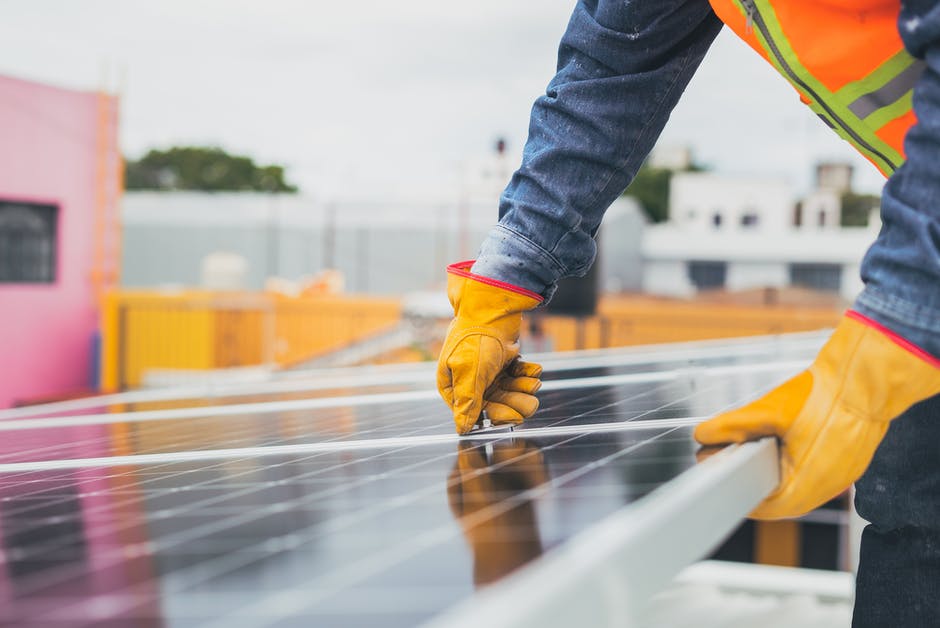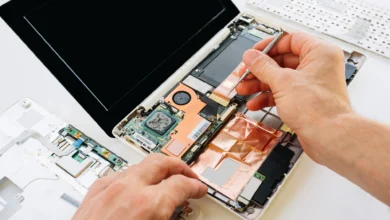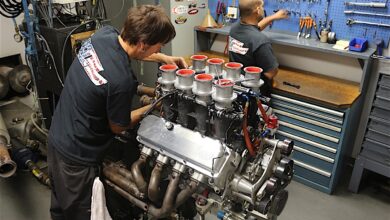Penny pinchers, we have some very, very good news. Solar is now the cheapest electricity you can buy on the market.
Now is the time for going solar if you were on the fence before. The disadvantages of having solar are far outweighed by the advantages, and those advantages will only continue to grow. That said, there’s one thing you should be ready for after solar installation is said and done: solar panel maintenance.
Solar is relatively low maintenance, but that maintenance is necessary. Failure to do it could lead to poor electrical efficiency and eventually costly repairs from solar services.
Read on as we discuss how to keep your solar system in check.
Solar Panel Maintenance Means Regular Cleaning
It’s not hard to understand why solar panels need to be squeaky clean. They generate power by collecting rays of light. Anything that obstructs that light will reduce their power generation output overall.
Solar panels have to deal with an incredible amount of dirt and grime. Dust is only the beginning. There is pollution, tire rubber dust, and rain residue that builds up on your panels every minute of every day.
Just a thin layer of dust can significantly reduce how much power your panels generate. You will need to clean them at least twice per year, preferably more in a dusty environment.
How to Clean Your Solar Panels
Make sure to observe all safety precautions when climbing onto the roof. If you feel uncomfortable being up so high, contact your solar installers and ask if they do maintenance. Try here for an excellent solar company in your area.
Switch off your solar panels and clean them with soft bristle brushes. The panels are sensitive, so you want to avoid anything abrasive like a dish sponge. You should hose them off first to remove the initial grime, then do some scrubbing.
Make sure to let your panels dry for a few hours. Then switch them on and make sure all the electrical gear is functioning.
Do Maintenance Right after a Storm
As mentioned earlier, solar panels are a bit dainty. They have sensitive equipment that needs to be extra clean to function well. Naturally, something as harsh as a storm can potentially damage them.
Whether it’s a dust storm, rainstorm, or hailstorm, check your panels. Inspect the glass for any cracks or scratches. You’ll want to replace these as soon as possible to get your solar panels back up to full function.
In addition to the panels, check their equipment as well. A good hailstorm can easily damage their power converters or panels.
Give Extra Care to Ground-Mounted Panels
Most solar panels work best on the roof, since there are fewer obstructions against the sunlight. But in some cases, you may have a ground installation. Ground panels have a higher likelihood of experiencing damage.
Make sure to keep any children or pets away from your solar panels. It’s not just that they could break them. There are electrical shock risks if they touch any connectors.
Inspect your solar panels more often if they are on the ground. Blowers and passing cars can launch rocks or debris at the fragile panel surface. Ground-dwelling animals and pests may take residence under or around the panels.
In other words, take a walk out to your panels more often if they are on the ground.
Monitor Electrical Input and Output
Most problems with solar panels will manifest at your power box. Here, you can keep close track of how much energy your panels are creating vs. how much energy you consume. Learn how to read the voltage meters to understand when there might be an issue.
For example, there may be an unnaturally low output from the panels. This could be evidence of a faulty connector, a bad set of photovoltaic cells, or a dirty panel. Knowing how to read the voltage is far more convenient than going up to the roof for inspection.
Also, get a feel for how big your electrical bills are. If you notice a sudden increase in energy consumption without a reasonable explanation, that could point to a solar panel problem. Especially if your panels have provided a considerable offset to what you normally pay.
Change External Components As Necessary
In some rare cases, you will get a lemon. You will need to do an RMA and get a refund through your solar panel warranty. But most often, the problems with your solar panels have nothing to do with them.
As mentioned earlier, there’s a very good chance that you have a faulty connector. Wires and connectors rust and grow brittle from exposure to elements. Solar panels can last for decades, but their underlying components will not.
In addition to your biannual cleaning, you should do an annual inspection of the parts. Check the converters, all of the cabling, and any fixtures.
In some cases, you may have a pest issue. Rats or bugs will eat the wires or damage them with their feces. In other cases, it may be birds or other vagrant species.
On the bright side, this sort of maintenance is very affordable. At most, you may spend a couple hundred per year purchasing new parts. It’s certainly much more affordable than the thousands of dollars you might spend on new panels.
Maintain Your Solar Panels Today
Solar panel maintenance is rare in comparison to other green technologies, but it is necessary. Going solar requires regular cleanings and inspections to make sure your panels maintain peak performance. The maintenance is easy, but you will have to keep up with it unless you want some expensive repairs.
Keep up with the latest by following our blog.





